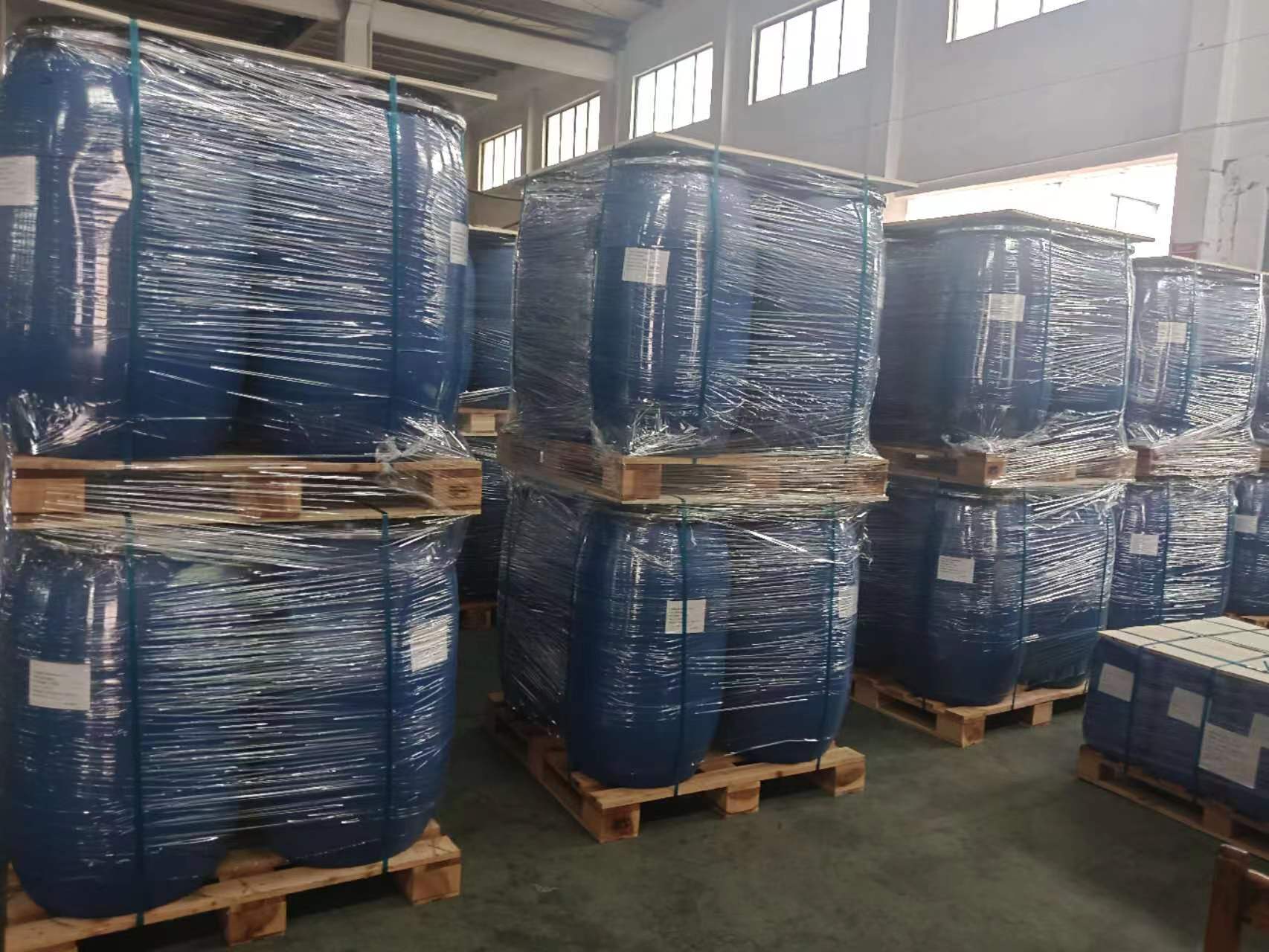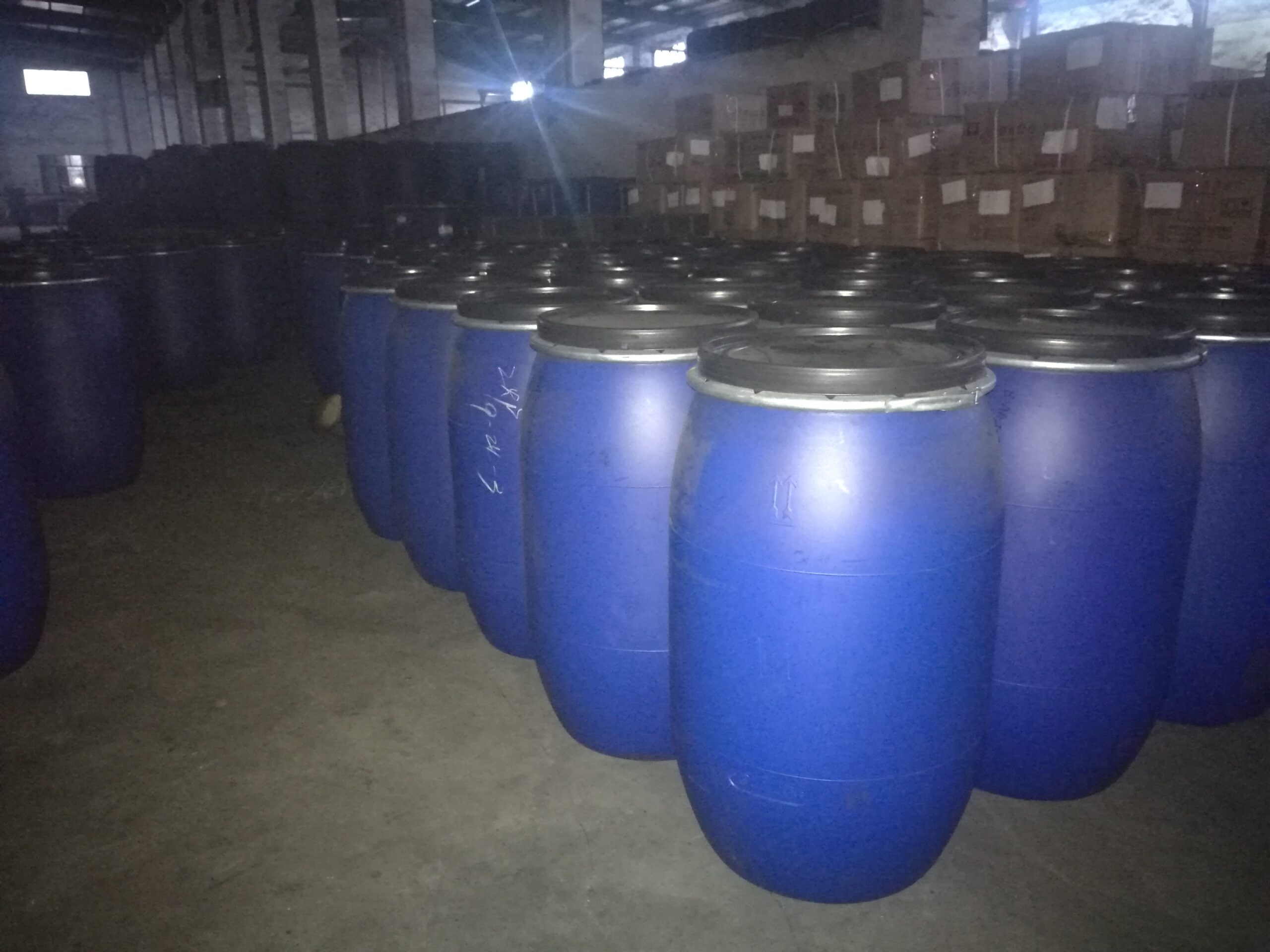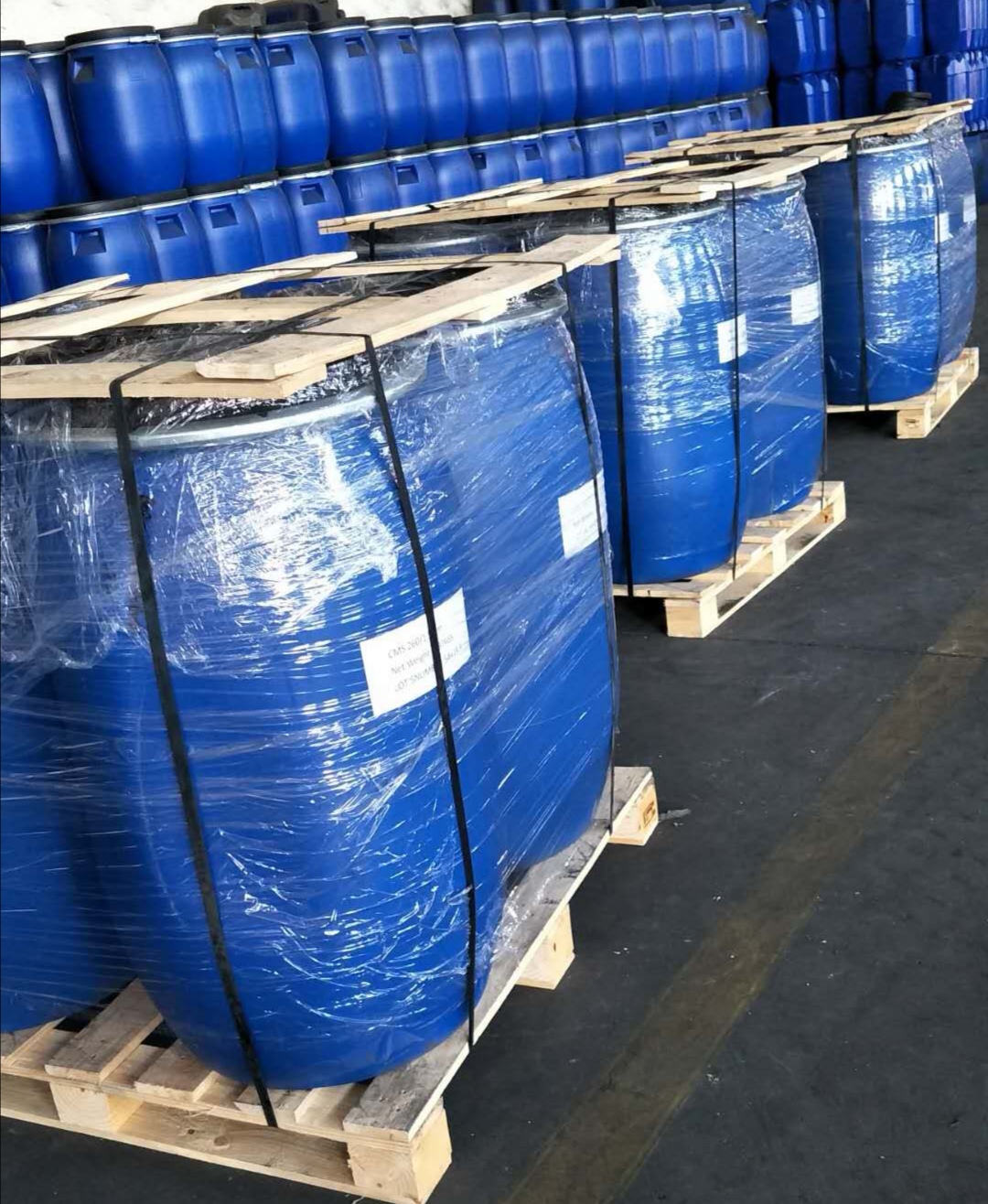一 、Basic Differences Between Carbon Molecular Sieves and Activated Carbon
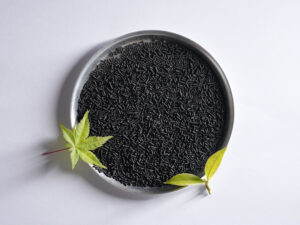
Although both carbon molecular sieves and activated carbon are carbon materials, they have significant differences in structure and performance.
Firstly, in terms of pore size distribution, the pore size of carbon molecular sieves is mainly concentrated in the micropore range, i.e., within the narrow interval of 0.3-1.0 nm, which gives it extremely high selectivity for molecular size. In contrast, the pore size distribution of activated carbon is more extensive, ranging from micropores to macropores, providing a larger specific surface area and diverse adsorption environments.
Secondly, in terms of porosity, the porosity of carbon molecular sieves is much lower than that of activated carbon. This means that activated carbon has more internal space and higher adsorption capacity. However, the high selectivity of carbon molecular sieves makes them excel in the separation of specific gases, such as nitrogen or oxygen from air.
Furthermore, there are also differences in the adsorption principles between the two. Carbon molecular sieves mainly rely on their narrow pore sizes to sieve molecules and achieve separation. On the other hand, activated carbon mainly uses physical adsorption, taking advantage of its developed pore structure and huge specific surface area to adsorb various substances.
Finally, in terms of application fields, carbon molecular sieves are widely used in gas separation, catalyst carriers, and other fields due to their unique separation performance. Activated carbon, with its strong adsorption capacity, is widely used in water treatment, air purification, decolorization and deodorization, and many other aspects.
二、The Process of Preparing Activated Carbon from Carbon
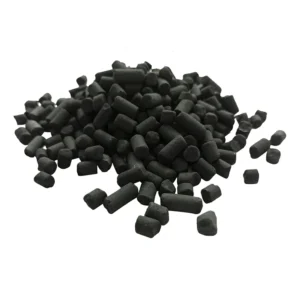
The preparation of activated carbon mainly involves key steps such as carbonization and activation. We will introduce these processes in detail below.
1. Carbonization: Carbonization is the process of heating carbon-containing raw materials in an inert gas (such as nitrogen) to high temperatures (usually between 500-1000°C), causing the volatile components to be removed and forming a basic carbon skeleton. This process is crucial for the development of pores in the subsequent activation step.
2. Activation: Activation is the core step in the preparation of activated carbon, aiming to further develop the pore structure of the carbonized product, increase the specific surface area, and improve adsorption performance. There are mainly two activation methods: physical activation and chemical activation. Physical activation typically uses water vapor or carbon dioxide as the activating agent, reacting with carbon at high temperatures to etch out abundant pores. Chemical activation involves adding chemical reagents (such as phosphoric acid, potassium hydroxide, etc.) to promote the formation and development of pores. Compared to physical activation, chemical activation usually yields higher performance in activated carbon but may introduce impurities or require additional post-treatment steps.
In summary, carbon molecular sieves and activated carbon have significant differences in structure and performance, which enables them to play important roles in their respective application fields. At the same time, through appropriate processing and activation of carbon raw materials, we can prepare activated carbon materials with excellent performance to meet various practical application needs.

